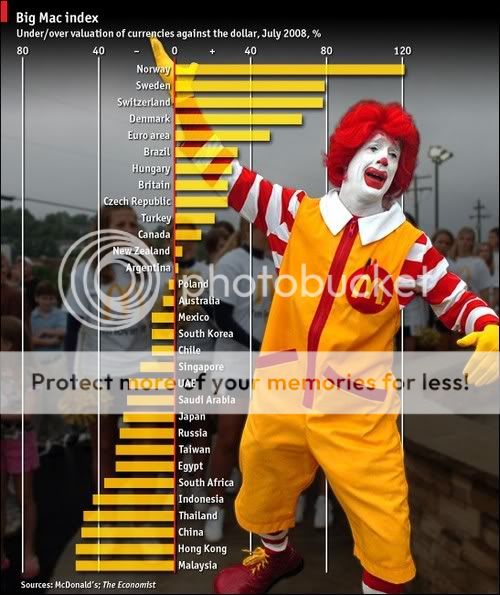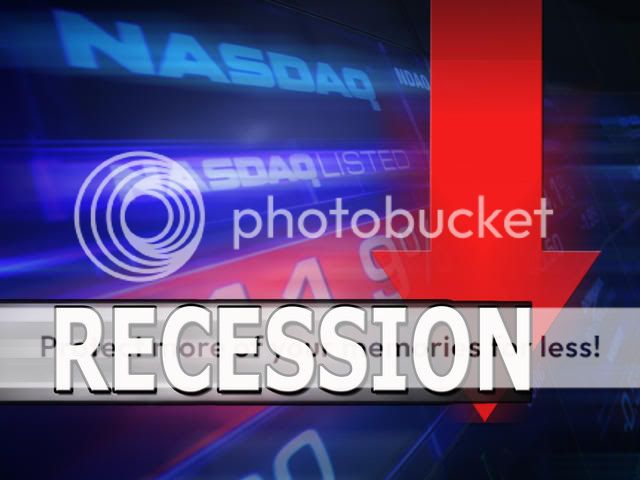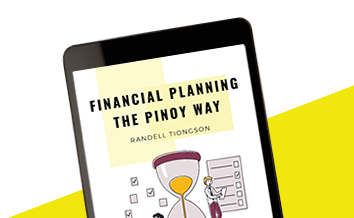Economy update, 8.24.2009
By Randell Tiongson on August 24th, 2009
Nose bleed alert!
———-
As of 8.24.2009
1. Philippine rates kept steady
- As expected the Philippine central bank kept overnight rates unchanged at its policy meeting Thursday.
- COMMENT: This halts the easing cycle that has caused a 200 basis points cut since December.
- The CB is expected to keep a wait and see attitude regarding Philippine economic growth, due to come out this Thursday.
- The anticipated change in policy however does not deter any significant shift to fixed income investments.
- Rates remain low (SDA rates below 3%) enough to keep risk appetite high for equity investments.
2. Philippine GDP bottomed out in 2Q09; data due this Thursday
- According to NEDA, the Philippine economy continued to remain weak in the 2Q09.
- NEDA sees gross domestic product in the second quarter to have shrunk as much as 0.1% or expanded up to 0.9% from a year earlier.
- The economy expanded 0.4% in the first quarter from a year earlier.
- The government is set to release second-quarter GDP data on Aug. 27.
- Officials estimate that services sector is expected to have grown between 1.7% and 2.2% in the second quarter.
- Agriculture likely expanded between 0.4% and 1.4%.
- Industry however is projected to have contracted between 1.3% and 2.9%.
- However, the NEDA expects the economy to have bottomed out in the second quarter of 2009
- Economy will be driven by campaign spending ahead of the elections in May 2010.
- In 2007, election spending contributed around 0.34 percentage point to GDP growth.
Burgernomics
By Randell Tiongson on August 22nd, 2009
Ever heard the term ‘Burgernomics’? Believe it or not, there’s actually such a term and it’s widely used by economists/investors.
The publication The Economist actually publishes an index that makes reference to the Big Mac PPP. Err, the Big Mac what? PPP is short for Purchase Power Parity. PPP is a theory that states that currencies adjust according to changes in their purchasing power. It is actually survey done by The Economist that determines what a country’s exchange rate would have to be for a Big Mac in that country to cost the same as it does in the United States. They use the price of the Big Macs in different countries and divide it by the price of a Big Mac in the US. Let’s say that the price of a Big Mac in the Philippines is P100 and the price of a Big Mac in the US is US $ 3 — you simple divide the Philippine Big Mac cost by the US Big Mac cost, or 100 divided by 3. In this case, according to the Big Mac PPP, the exchange rate of the Philippine Peso against the US Dollars should be only P33.33: US$1, making our Peso undervalued.
Sometimes, Burgernomics makes some sense to me… but most of the time it just makes me hungry.

Recession anyone? (part 1)
By Randell Tiongson on August 9th, 2009
We often hear the word ‘recession’ lately which prompted me to blog about it. Why is it that people fear recession too much? Is recession as bad as how we perceive it to be?
Let’s define recession. Recession may be deemed as significant decline in activity across the economy, lasting longer than a few months. It is visible in industrial production, employment, real income and wholesale-retail trade. The technical indicator of a recession is two consecutive quarters of negative economic growth as measured by a country’s gross domestic product (GDP). When there is a severe or prolonged recession, it is referred to as an economic depression. Recessions also comes in different shapes – V, U, L and W. When the economic contraction is quick and followed by a rapid and sustained recovery, economists refer to it as a V shape recession. If there is a prolonged slump in the economy, it is informally termed as a U shape. A much longer decline, like 8+ quarters can be called an L shaped recession. Finally a W shaped recession is a term used when there is a double dip recession.
Nosebleed!
I like to look at the economy as a motor car engine. Any engine, no matter how efficient and durable it is, can’t run at full throttle for an indefinite period. Imagine driving your car at maximum speed continuously for days… at one point your engine will give in and break down. The economy is like that as well. When the economy is in constant growth, it will overheat and it will breakdown. Economic growth brings growth in disposable income; additional disposable income will allow people to increase consumption; increased consumption will drive up prices; increase in prices will result to inflation and so on and so forth. A state of balance is needed, or in economics terms, equilibrium. However, equilibrium can only exists in theory and there will never be an absolute equilibrium. When the car slows down, that’s like the economy going into recession.
The economy goes on cycles, recession is part of a cycle. Since recession is part of a cycle, we should not be in despair as it will come to pass … “We are hard pressed on every side, but not crushed; perplexed, but not in despair; persecuted, but not abandoned; struck down, but not destroyed.” (2 Corinthians 4:8-9, NIV)
Catch part 2, soon!




